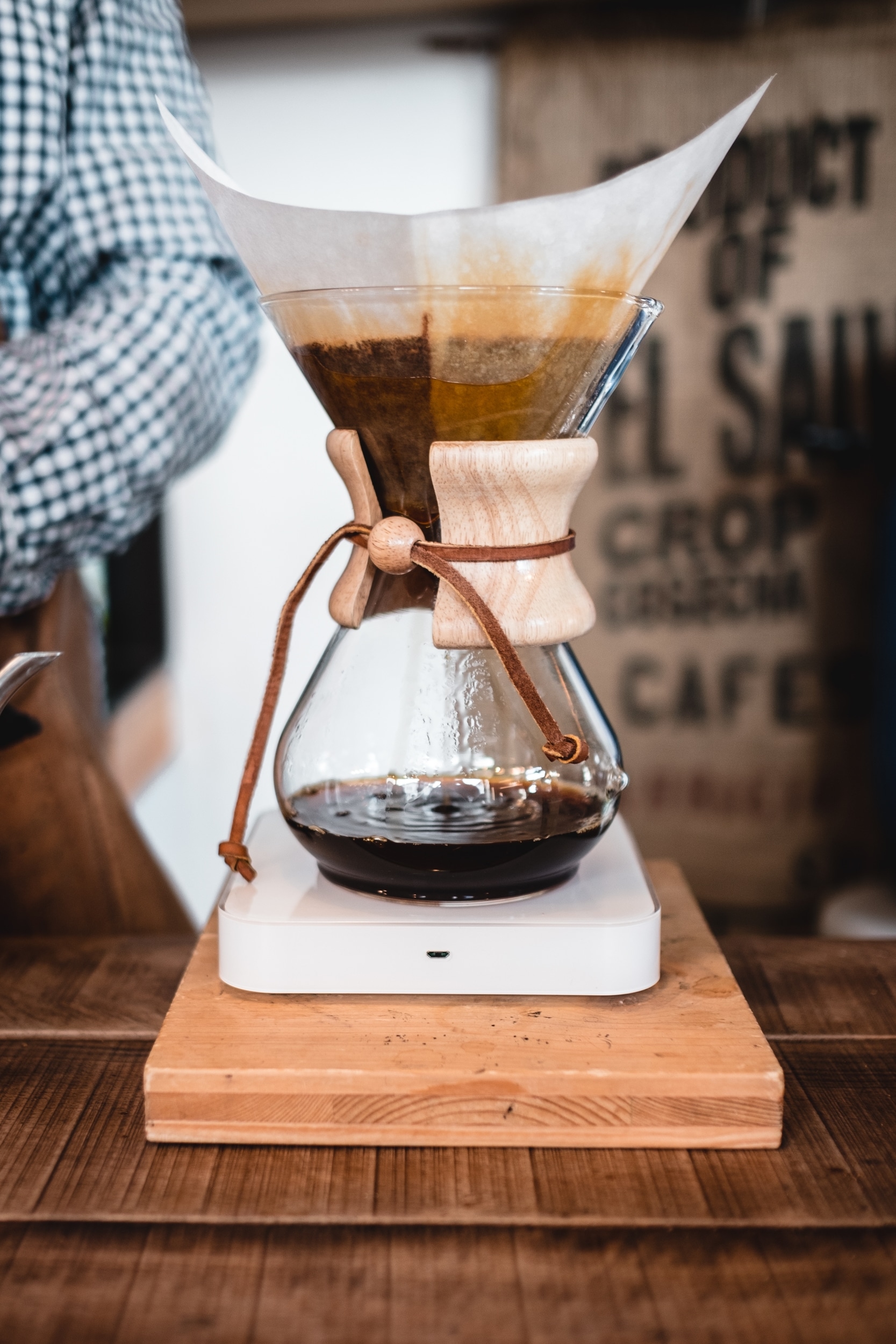The magical world of aquatic life can be a fascinating addition to a child’s bedroom. From neon tetras to goldfish, the vibrancy that aquariums bring to a room is unmatched. But every aquarium requires meticulous care to keep the fish thriving, and central to that care is the right filter. Filtration is vital to maintaining a healthy water environment for your little friends. It helps to remove waste, excess food, and harmful chemicals from the water. So, what’s the best type of filter for a home aquarium in a child’s bedroom?
The Importance of Aquarium Filters
Before we delve into the best filters for your aquarium, it’s crucial to understand why filters are integral to an aquarium’s health. The water your fish live in is their whole world. Unlike us who live in air and eat and drink from separate sources, fish eat, drink, and expel waste in the same environment. This means that their aquarium water quickly becomes toxic without a filtration system.
Lire également : How to Create a Multi-User Home Office for Remote Learning?
Filters help keep the water clean by performing three types of filtration: mechanical, chemical, and biological. Mechanical filtration removes solid particles like uneaten food and fish waste. Chemical filtration uses activated carbon or other media to remove harmful chemicals, toxins, and discolorations. Biological filtration, on the other hand, uses bacteria to break down harmful ammonia and nitrite produced by fish waste into less harmful nitrates.
Considerations When Choosing an Aquarium Filter
When selecting the best filter for your aquarium, several factors are crucial.
A découvrir également : How Can You Design a Sustainable and Inviting Outdoor Dining Area?
Firstly, consider the size of your tank. The filter you choose must be able to handle the volume of water it will be cleaning. Manufacturers often recommend filters based on the tank size in gallons. It’s always a good idea to choose a filter that’s rated for a larger tank than you have. This ensures that the filter is well equipped to handle the load and keeps the water in the tank clean and healthy for the fish.
Next, consider the type of fish you have. Some fish produce more waste than others and thus would require a more robust filtration system.
Lastly, the location of the aquarium is essential. Since it’s in a child’s bedroom, you’d want to consider a filter that operates quietly. You wouldn’t want a filter that keeps your child awake at night or one that becomes a distraction during homework time.
Sponge Filters: A Great Choice for Small Tanks
Sponge filters are a popular choice for small tanks, typically those under 20 gallons. These filters are affordable, easy to set up, and provide excellent biological filtration. They are named after the sponge-like media they use to filter the water.
The sponge provides a large surface area for good bacteria to grow and thrive. These bacteria convert harmful waste products into less toxic substances. Sponge filters are also safe for small, delicate, or slow-moving fish since they create a gentle flow of water.
While sponge filters are excellent for biological and mechanical filtration, they don’t provide chemical filtration. Thus, they might not be the best choice if your tap water contains heavy metals or other harmful chemicals. Also, they can be quite unattractive to look at, so if aesthetics are important, a different type of filter might be more suitable.
Internal Filters: A Versatile Option
Internal filters are another excellent choice for small to medium-sized aquariums. They are submerged entirely in the water, making them quiet operators— a crucial consideration for a child’s bedroom.
Internal filters usually use a sponge for mechanical and biological filtration and can contain activated carbon for chemical filtration. This makes them a more versatile option than sponge filters. They also create a stronger water flow than sponge filters, which can be beneficial for fish that prefer a current.
However, internal filters aren’t as easy to clean as other filter types. Cleaning them usually involves removing them from the tank, which can be messy and stressful for the fish. Also, they take up space inside the tank, which can be a minus if your aquarium is already packed with plants and decorations.
Canister Filters: The Best for Large Tanks
If you have a large aquarium (over 40 gallons), a canister filter could be your best bet. These filters sit outside the tank and pump water in and out through a series of tubes. They usually have multiple compartments for different types of filter media, giving them excellent mechanical, chemical, and biological filtration capabilities.
Canister filters are highly efficient, quiet, and don’t take up space inside the tank. Plus, they allow a high degree of customization. You can choose different types of media to target specific water quality issues.
The downside of canister filters is that they are pricier than other filters and can be complex to set up and clean. For these reasons, they are generally recommended for experienced fish keepers and large, heavily stocked tanks.
Adding a Heater to Your Aquarium
While our focus has been on filtration, it’s worth noting that a heater can be another important addition to your aquarium, depending on the type of fish you have. Tropical fish, such as bettas and tetras, require warm water to thrive. A heater keeps the water temperature consistent, which is vital for the fish’s health and well-being. Just like with filters, the heater you choose should be rated for your tank’s size.
Power Filters: High Performance and User-Friendly
Power filters, also known as HOB (Hang-On-Back) filters, are a common choice for many aquarium enthusiasts, especially those with medium to large tanks. These filters hang on the outside wall of the fish tank, with a tube extending into the water to draw it into the filter. The filtered water then cascades back into the tank, creating a waterfall-like effect which can be quite soothing to some.
Power filters are favored for their ease of use and high performance. They offer excellent mechanical, chemical, and biological filtration. These filters use interchangeable cartridges, which often contain a sponge for mechanical filtration, activated carbon for chemical filtration, and bio-balls or ceramic rings for biological filtration.
Despite their high performance, power filters are characteristically quiet operators. This makes them a good option for an aquarium filter in a child’s bedroom.
However, there are a few things to consider when choosing a power filter. The cartridges need to be replaced regularly, which can make them more expensive to maintain than other types of filters. The water flow they create can be too strong for slow, delicate fish. Therefore, it’s always recommended to check if the flow is adjustable or suitable for the type of fish you house in your tank.
Aquarium Kits: An All-In-One Solution
For new aquarium hobbyists, an aquarium kit can be a great way to start. These kits typically include a fish tank, filter, heater, and sometimes even lighting and decor. The filter included in an aquarium kit is generally designed to work well with the size and shape of the tank, removing much of the guesswork for newbies.
For a child’s bedroom, an aquarium kit can be a fuss-free, convenient solution. They’re easy to set up and maintain, and because everything is designed to work together, they often operate more quietly than a tank with separate components. However, they may not offer the same level of customization as buying individual components.
When choosing an aquarium kit, be sure to check what type of filter is included. Some kits come with internal filters, while others include power filters or even canister filters for larger kits. Also, check if the kit comes with a suitable heater if you’re planning to keep tropical fish.
Conclusion: Choosing the Best Filter for Your Child’s Aquarium
In conclusion, the best type of filter for a home aquarium in a child’s bedroom depends on multiple factors including the size of the tank, the type of fish, and the desired noise level.
Sponge filters are an excellent choice for small tanks, offering superb biological filtration and a gentle water flow. For larger tanks, power filters, internal filters, and canister filters might be more suitable.
Remember, filters are a key component to maintain a healthy environment for your aquatic friends. They help keep the water clean by removing waste and harmful chemicals. But apart from the filter, other components such as a heater can be vital too, particularly if you’re hosting tropical fish who thrive in warm water.
Lastly, an aquarium kit can be an ideal hassle-free option for beginners. They’re easy to set up, often come with a matching filter and heater, and can operate more quietly than a disjointed setup.
Whichever filter you choose, ensure it’s a fit for both your child’s room and the needs of the fish. Happy fish-keeping!






